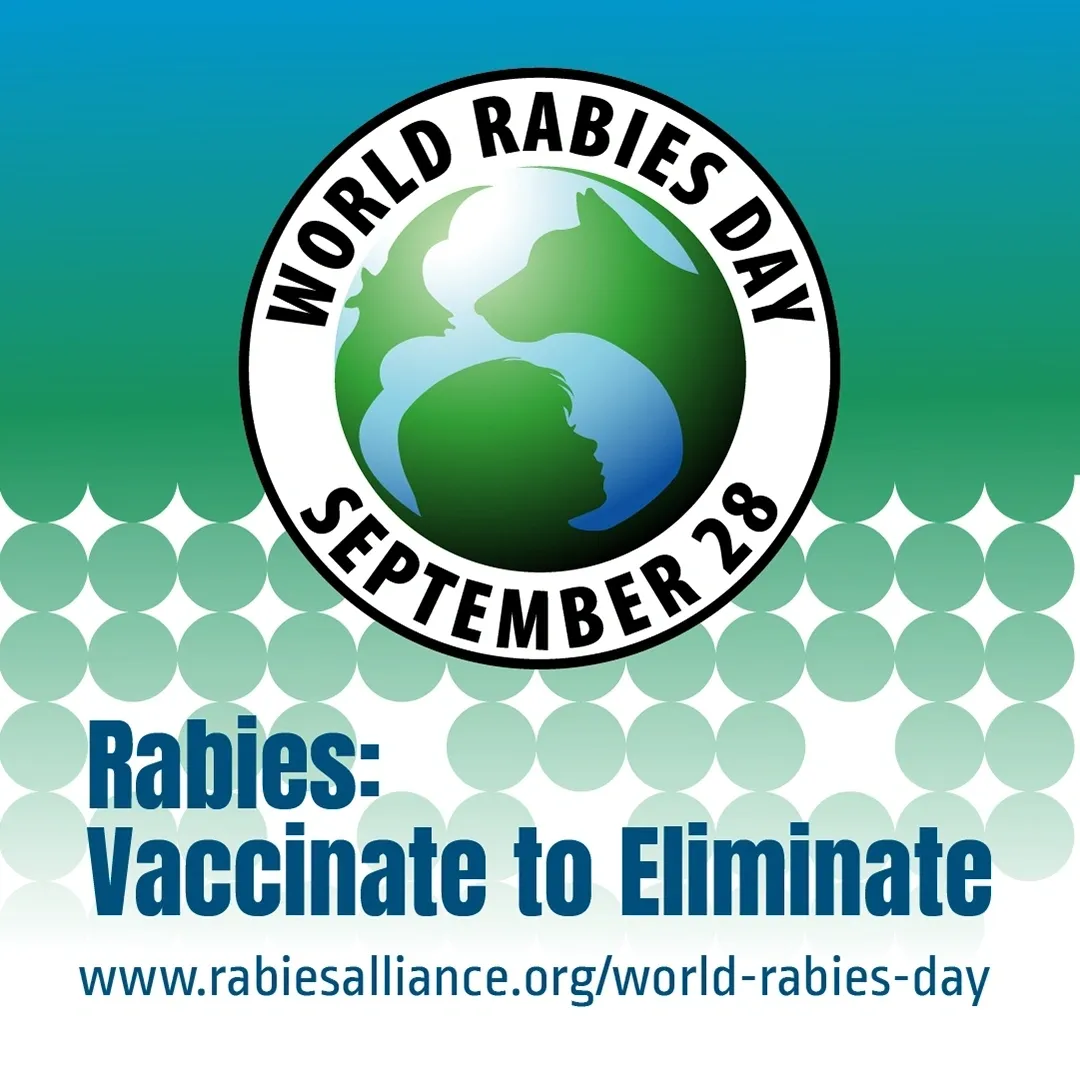National Rabies Day - September 28, 2019

National Rabies Day - September 28, 2019

APHIS Wildlife Service National Rabies Management Program
Rabies is caused by a virus that infects the central nervous system in mammals. It is almost always transmitted through the bite of a rabid animal. The majority of rabies cases in the United States occur in wildlife including raccoons, skunks, foxes and bats. Rabies is invariably fatal, however, effective vaccines are available to protect people, pets and livestock.
The National Rabies Management Program was established in recognition of the changing scope of rabies. The goal of the program is to prevent the further spread of wildlife rabies and eventually eliminate terrestrial rabies in the United States through an integrated program that involves the use of oral rabies vaccination targeting wild animals.
Since, 1995, Wildlife Services (WS) has been working cooperatively with local, State, and Federal governments, universities and other partners to address this public health problem by distributing oral rabies vaccination (ORV) baits in targeted areas. This cooperative program targets the raccoon variant, canine variant in coyotes and a unique variant of gray fox rabies.
Oral Rabies Vaccine Information (More info)
Oral rabies vaccination (ORV) has been in use in the United States since 1990, in Canada since 1985 and in Europe since 1980. Currently there are 16 states distributing oral vaccines for raccoons in the U.S., while Texas distributes baits for gray fox and coyote.
The ORV baits currently being used in the United States are developed and manufactured by Merial, Inc. and consist of a sachet, or plastic packet containing the Raboral V-RG® rabies vaccine. To make the baits attractive, the sachets containing vaccine are sprinkled with fishmeal coating or encased inside hard fishmeal polymer baits about the size of a matchbox.
When an animal finds a bait and bites into it, the sachet ruptures, allowing the animal to swallow the vaccine. Animals that swallow an adequate dose of the vaccine, develop immunity to rabies. As the number of vaccinated animals in the population increases, they act as a buffer to stop the spread of the disease to other wildlife, domestic animals, and people.
The ORV baits are distributed by air and ground personnel. Fixed-wing aircraft are the most effective means for distributing large numbers of the ORV baits. Hand-baiting is important for reaching urban areas where there may be safety risks associated with distributing baits by air and to reduce the possibility of people and domestic animals coming into contact with the baits.
Learn more about World Rabies Day and the actions USDA’s Wildlife Services program is taking to protect public and animal health and reduce the cost of living with rabies through their efforts to vaccinate raccoons, skunks, foxes and coyotes: https://youtu.be/-PrFJXC7_JM.
WIldlife Rabies Management Content - https://bit.ly/2YQwvb3.
